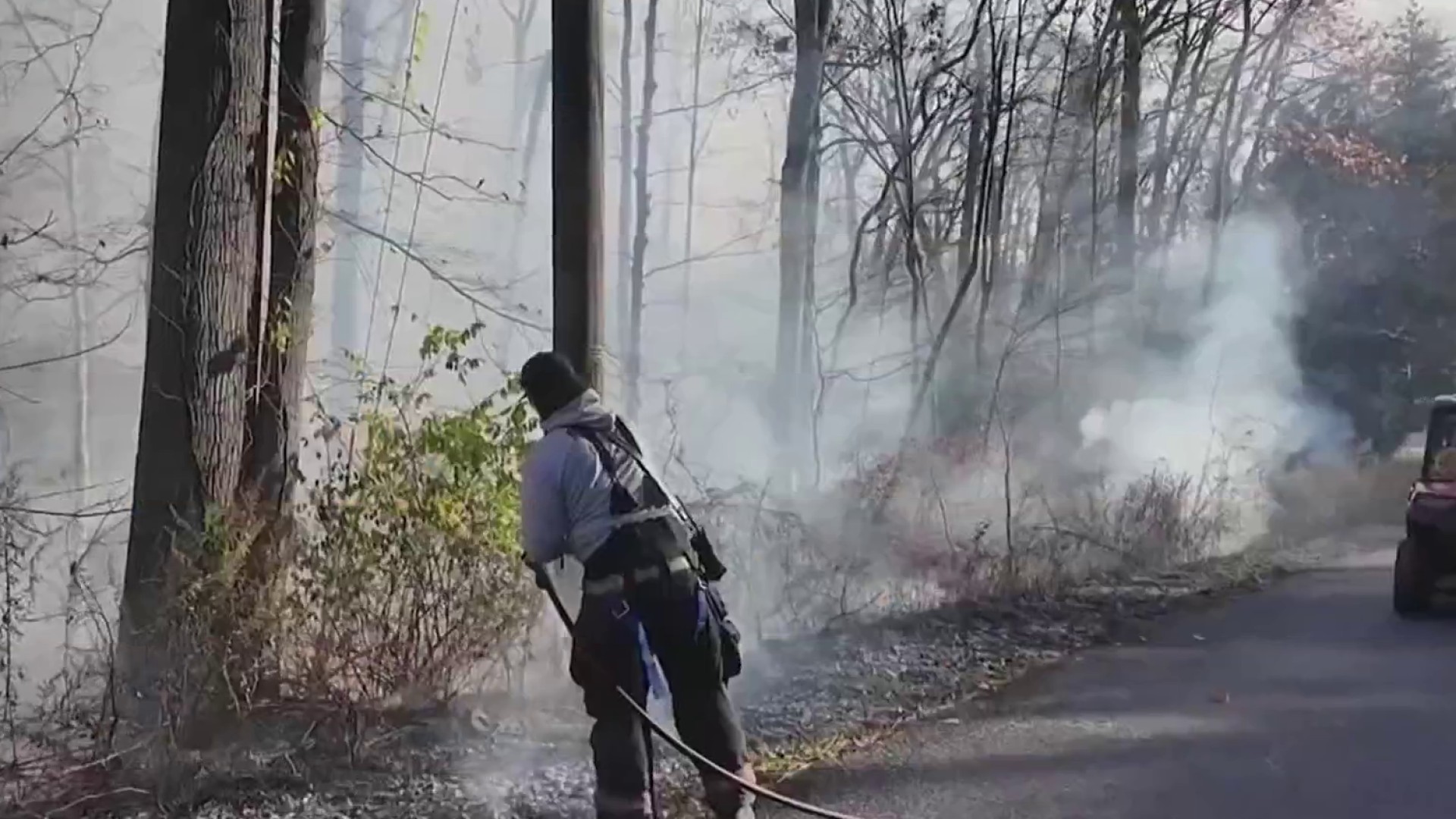
What to Know
- Proposed political maps released by the leaders of New York’s Democrat-dominated legislature would give the party an advantage in 22 of of the state’s 26 congressional districts
- New York is set to lose one seat in the House in 2023, due to slow population growth; Republicans had braced for Democrats to redraw district boundaries in a way that would carve up GOP strongholds
- An initial vote on the new congressional and legislative maps, which are being redrawn as part of the nation’s once-per-decade redistricting process, could happen within days
Proposed political maps released by the leaders of New York’s Democrat-dominated legislature would give the party an advantage in 22 of of the state’s 26 congressional districts and mean re-election trouble for several Republican members of the U.S. House.
The new maps, released late Sunday, could lead to Democrats picking up as many as three House seats and Republicans losing as many as four in the 2022 election.
An initial vote on the new congressional and legislative maps, which are being redrawn as part of the nation’s once-per-decade redistricting process, could happen within days.
New York is set to lose one seat in the House in 2023, due to slow population growth. Republicans had braced for Democrats to use their dominating majority in the state legislature to redraw district boundaries in a way that would carve up GOP strongholds.
The new maps would do that, forcing several incumbent Republicans to run in districts redrawn to make them far more Democrat-friendly.
Get Tri-state area news delivered to your inbox. Sign up for NBC New York's News Headlines newsletter.
In New York City, U.S. Rep. Nicole Malliotakis, a Staten Island Republican, would have to run in a district stretched to include some of Brooklyn’s most liberal neighborhoods, including the one now home to former New York City Mayor Bill de Blasio.
News
On Long Island, the realignment would lump two Republicans, U.S. Rep. Andrew Garbarino and U.S. Rep. Lee Zeldin, into the same district. Much of the territory now represented by Zeldin, who is now running for governor, would become part of a more Democrat-friendly district stretching from the Hamptons to suburbs closer to New York City
And also on Long Island, U.S. Rep. Tom Suozzi’s district would stretch across five counties from Suffolk to Westchester. Suozzi, a Democrat, is running for governor, leaving his district open.
The congressional map in upstate New York would be realigned to create three Republican super districts — one of them now home to U.S. Rep. Elise Stefanik, the third-ranking House Republican — but make it tough for the GOP to win anywhere else upstate.
The central district that U.S. Rep. Claudia Tenney won narrowly in 2020 would be spread among several districts. Tenney herself would live in a Democrat-friendly district that would sweep from the Hudson Valley, up to Albany and west to Binghamton and Utica — and would have to face off in the election against Democratic U.S. Rep. Antonio Delgado.
In part, the maps reflect population shifts in the state. New York City, where Democrats dominate, gained 629,000 people in the 2020 Census, while rural upstate areas home to many Republicans saw populations shrink.
Currently, Republicans hold 8 of New York’s 27 seats in Congress.
New York’s redistricting process is being closely watched nationally because it is one of just a few states where Democrats hope to use their map-drawing power to offset significant gains that Republicans are expected to make elsewhere in the battle for control of the U.S. House.
New York’s new maps were, at least in theory, supposed to have been the product of a bipartisan commission, newly created by voters in a 2014 referendum.
But the commission’s Republican and Democratic members — predictably — couldn’t come to consensus on what the maps should like look like, leaving the legislature free to come up with maps of its own.
Once the maps are approved by the legislature, they may still have to overcome legal challenges. In Ohio, aggrieved groups have persuaded courts to toss heavily gerrymandered political maps.
State GOP chair Nick Langworthy said his party is “reviewing all of our legal options.”
“For all of their phony protestations about transparency and fairness in elections, what they’re doing is textbook filthy, partisan gerrymandering that is clearly in violation of the New York State Constitution,” Langworthy said.
New York’s constitution was amended in 2014 to ban partisan gerrymandering, stating: “Districts shall not be drawn to discourage competition or for the purpose of favoring or disfavoring incumbents or other particular candidates or political parties.”
But New York’s maps have a good chance of holding up in court, according to New York Law School professor Jeffrey Wice.
“It reflects population changes and the loss of a congressional district that had to take place,” he said. “It’s natural the losses and shifts have to occur upstate.”
“Any challenges probably could not stop the maps from being used this year,” Wice said.
Lawmakers face pressure to finalize district maps before March 1, when political candidates can start gathering signatures for petitions to run for office.
Statewide, about 50 percent of registered voters are Democrats and about 22 percent are Republicans.



